
Cherry Blossom Season in Japan
March 31, 2018
February 14, 2018
Our first stop in Laos was the small but beautiful city of Luang Prabang. Dotted with temples, beautiful houses, good restaurants and cafes, some nice souvenir shops, and other things that the tourist heart desires, Luang Prabang is also delightfully quiet and relaxed – in stark contrast to cities in Cambodia. We really enjoyed this peace and quiet for the few days we spent in Luang Prabang. The center of the city is restored and well maintained, and, although much of it seems to be set up solely for pleasing tourists, it has a nice comfortable feel to it. Small houses line the streets, most of them enduring since the colonial times, now converted into shops and restaurants.
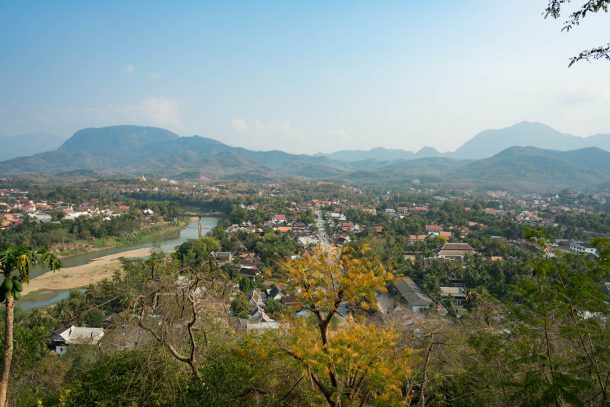

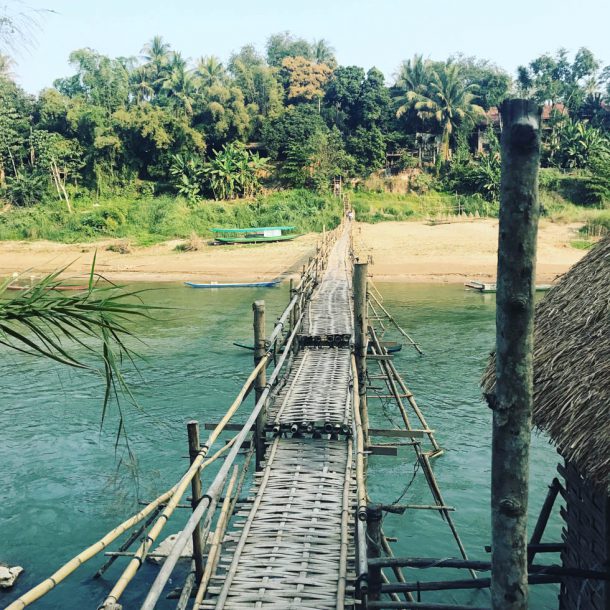
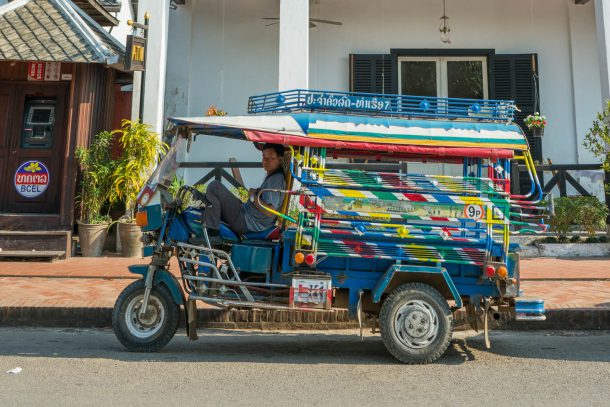
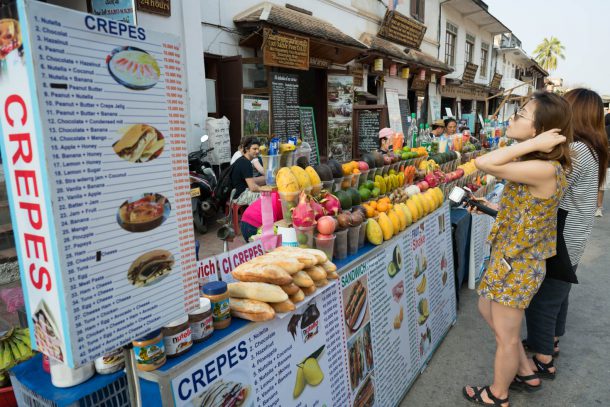
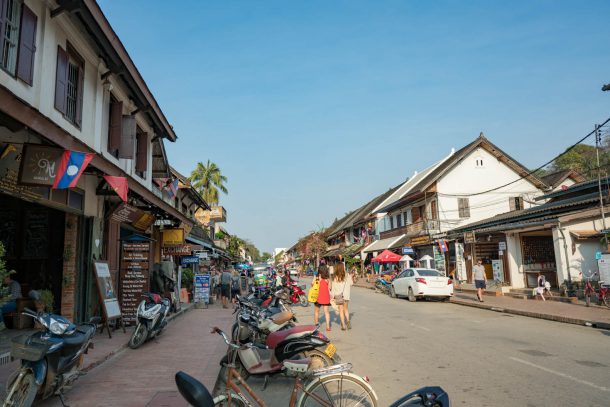
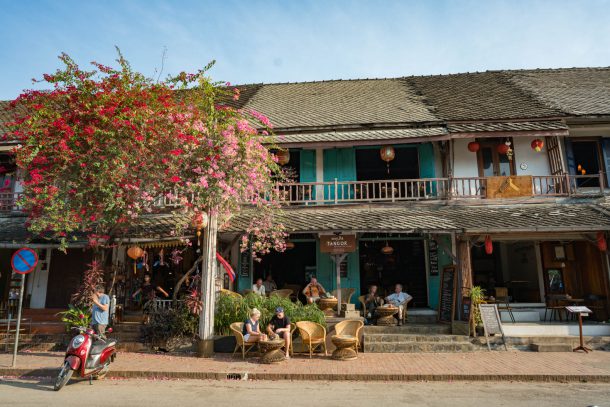
Each evening a night market takes place, selling products made in Laos (and probably some made in China). It would have been a great place to buy some souvenirs and presents, but, since we’ll still be traveling for about 6-7 weeks, I had to control myself and not buy (almost) anything.
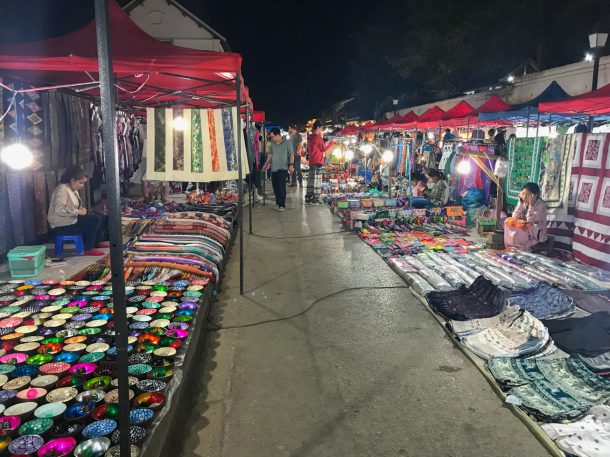
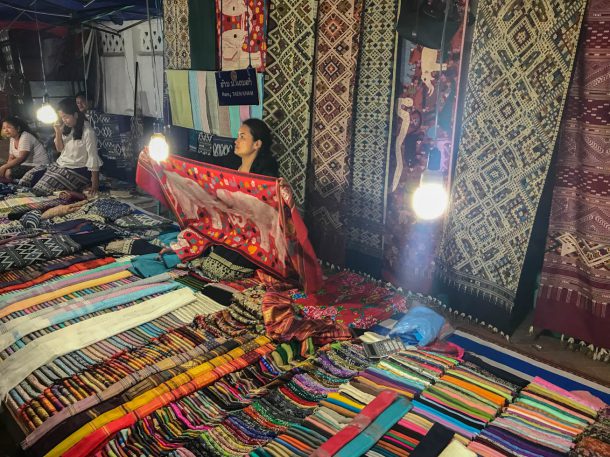
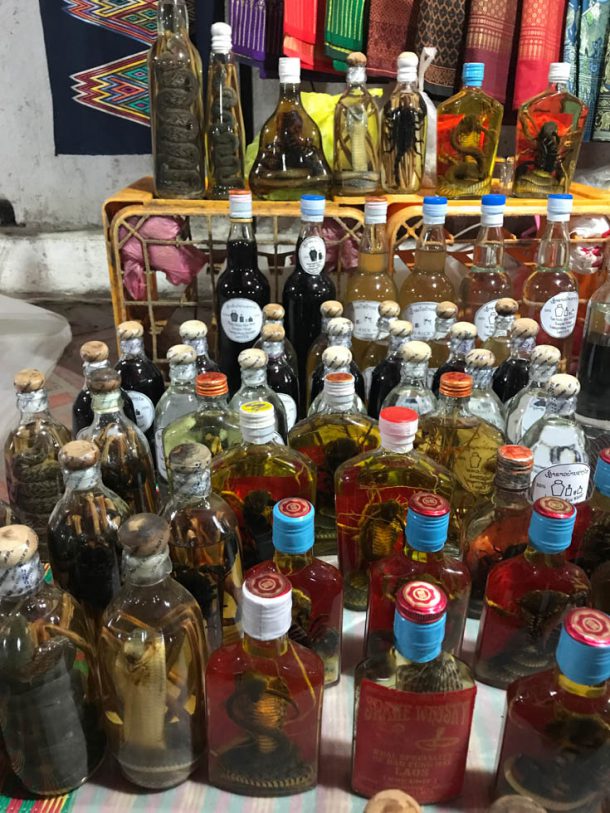

Luang Prabang has an impressive concentration of Buddhist temples and you often see monks, in their characteristic and easily recognizable orange robes, walking along the streets of the city. Big tour buses are not allowed to enter the old city center. This means that big tourist groups are uncommon, which makes visiting the temples a lot more comfortable than we’ve experienced it many times on this trip in other places.
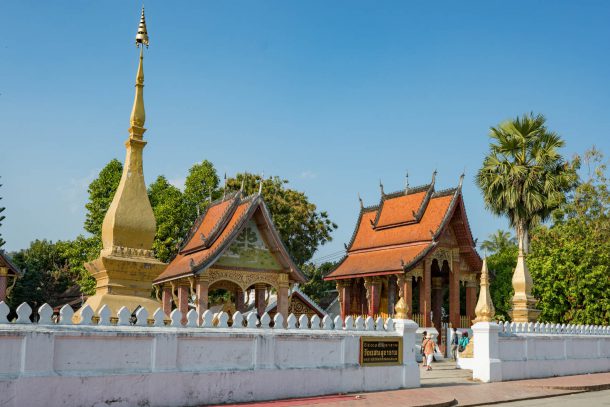
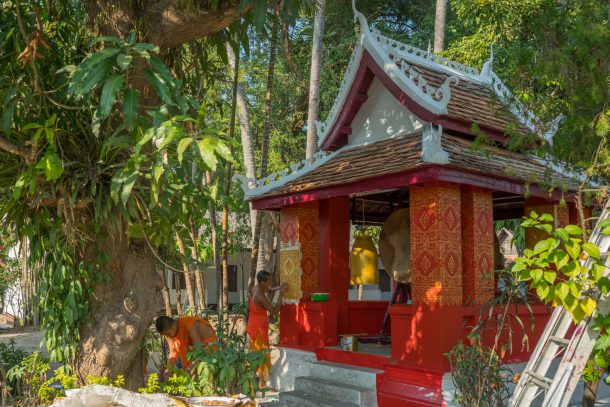
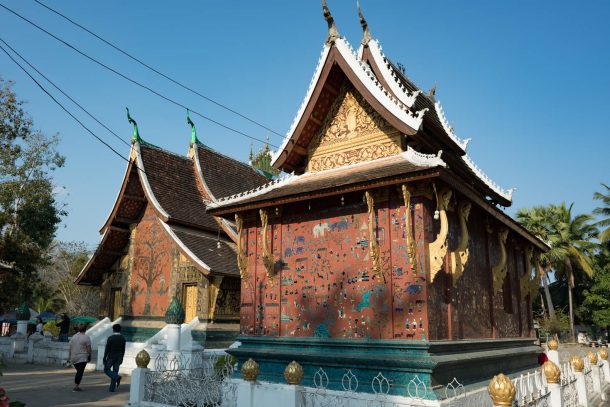
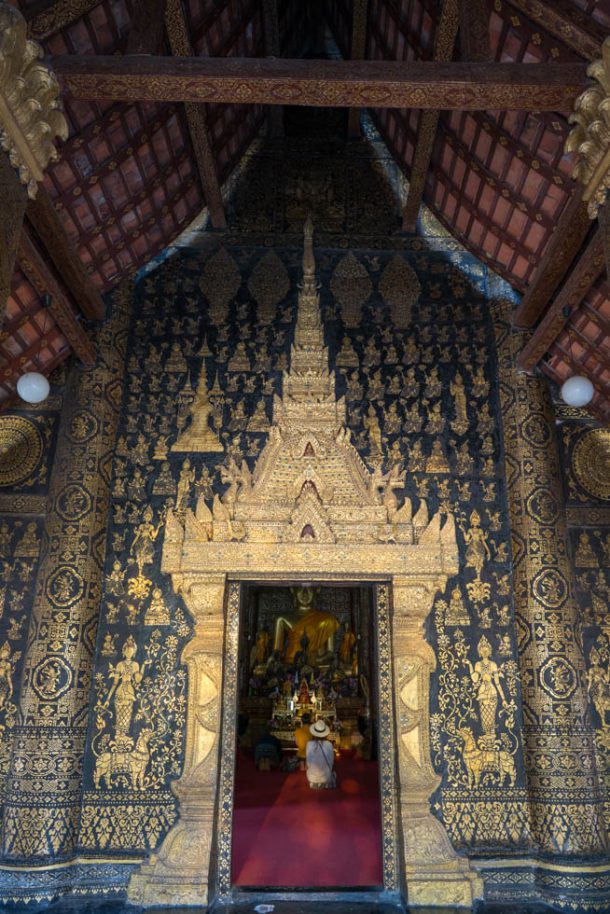
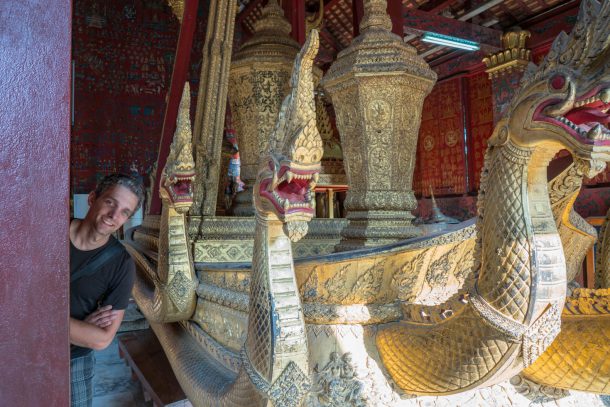

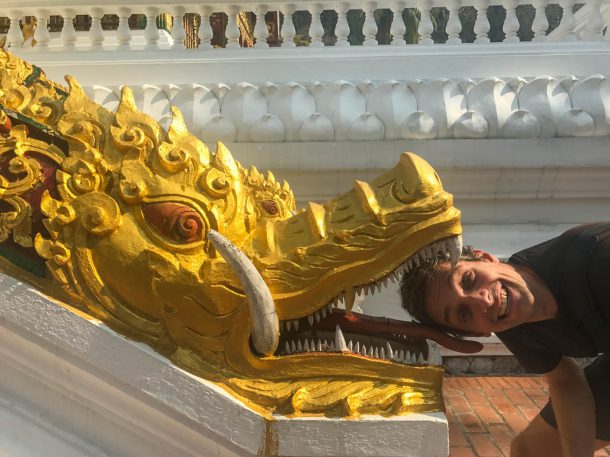
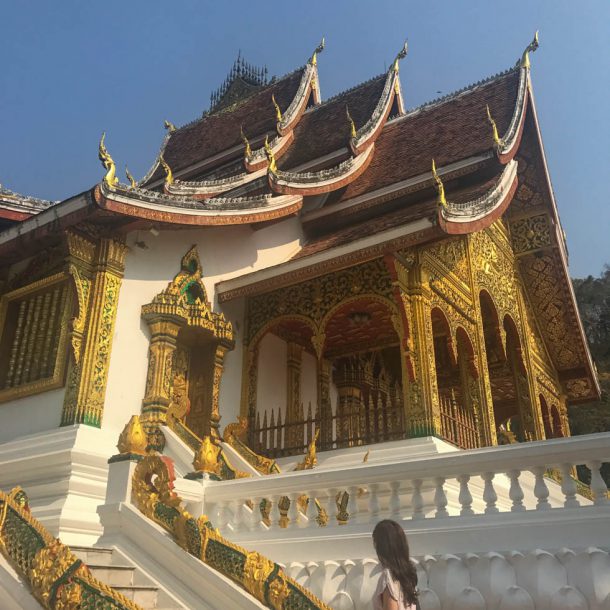
UXO (UneXploded Ordnance) is a huge issue in present day Laos – another sad fact we learned on this trip, and had no idea about before. During the Vietnam War, the US wanted to cut off the Ho Chi Minh trail, the supply line between the north and the south of Vietnam, which was passing through Laos. So, although Laos was officially neutral in that war, it secretly became the most bombarded country in the world for 9 years. People in the West knew nothing about this bombing and at the time, the US always denied it.
Millions of tons of cluster bombs were dropped over Laos. A cluster bomb is basically a shell containing hundreds of smaller bombs, about the size of a tennis ball, called “bombies”. When dropped from a plane, the cluster bomb opens in mid-air, releasing all the bombies it contains, which spread over an area of about 3 football fields. Most bombies explode when they hit the ground, but it’s estimated that 10-30% of them did not explode and hence are left there to this day, buried only superficially into the ground. Every day, unexploded bombies are found by farmers and especially by kids, who don’t know what they are dealing with. They are actually happy when they find a piece of old metal in the ground, because they can sell it and get about 0.5 EUR / kilo – a lot of money for most farmer families. So these poor people try to dig the bombies out of the ground, and as soon as they hit them, the bombies explode and people are killed or maimed.
There is work going on to find and safely remove the bombs, but their sheer number (and the fact that they are spread virtually everywhere in the country) makes it almost impossible for all of them to be removed. A lot of effort is being invested into informing the population about bombies and the dangers that they pose, and how to react properly when they find one.
We learned all this while visiting the UXO Information Center in Luang Prabang – once again, a piece of world history that we knew nothing about, with extremely sad consequences to the present day.
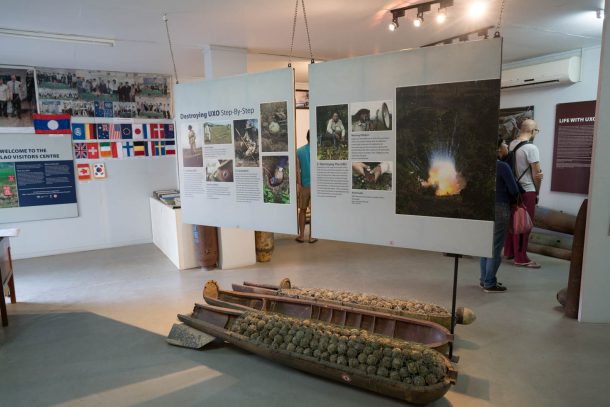
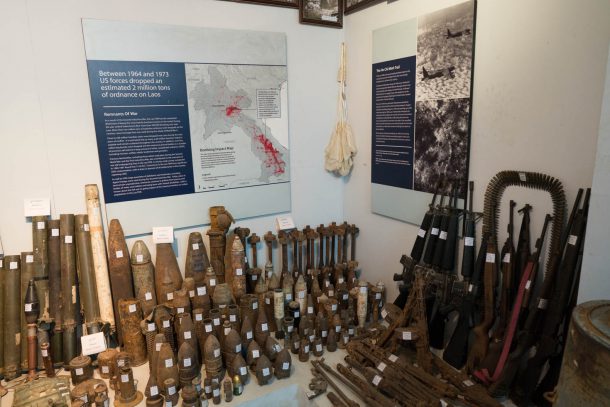
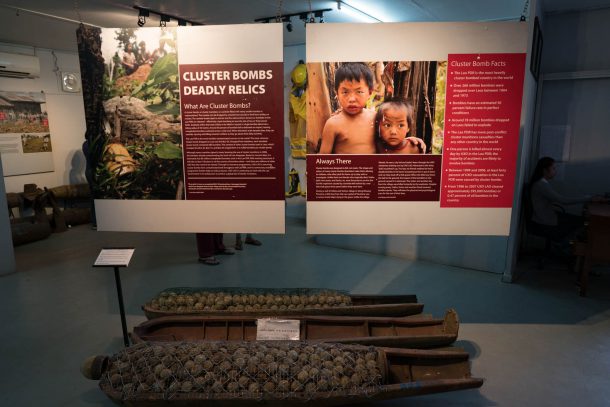
The beautiful Kuang Si waterfalls are about an hour’s drive from Luang Prabang, on bad roads, and they are invaded by tourists during the day, but, despite all that, they are really worth the trip. We went very early in the morning, arriving there 1 minute after the park opened, so that we could see them before the masses arrived. We had to get up very early (which is something that I reeeally don’t like doing) and it was quite chilly when we arrived, but it was worth it – the waterfalls are amazingly beautiful. And they are actually a series of smaller and bigger waterfalls, not just one. Plus, you can swim in many of the natural pools that are formed along the river – if you don’t mind the rather cold water, that is.
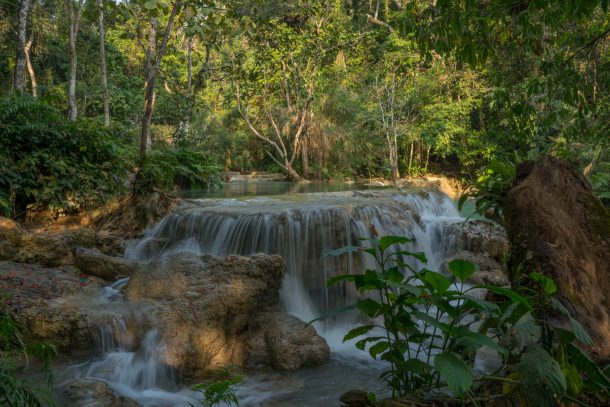
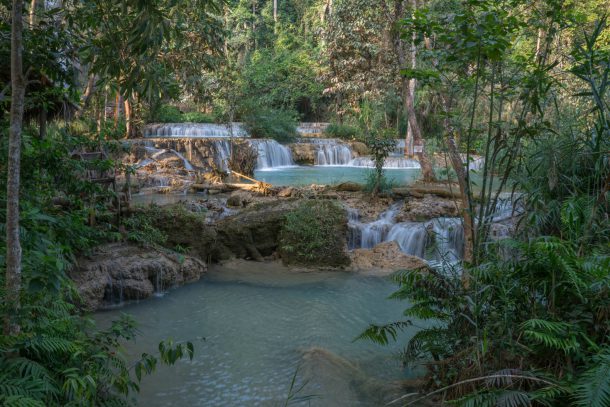
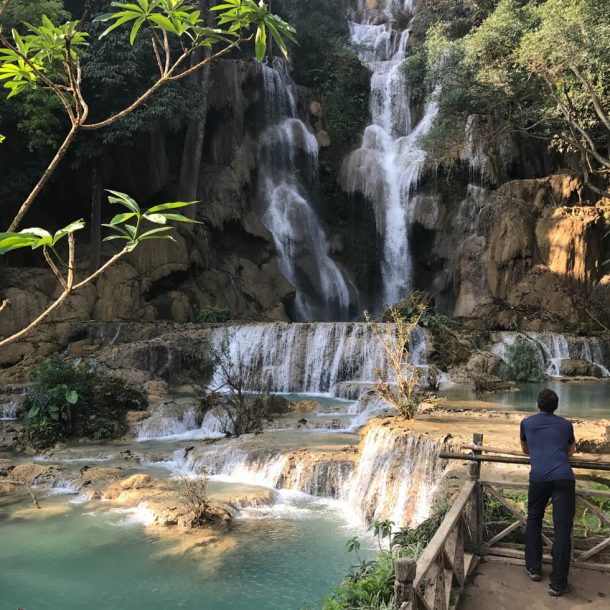
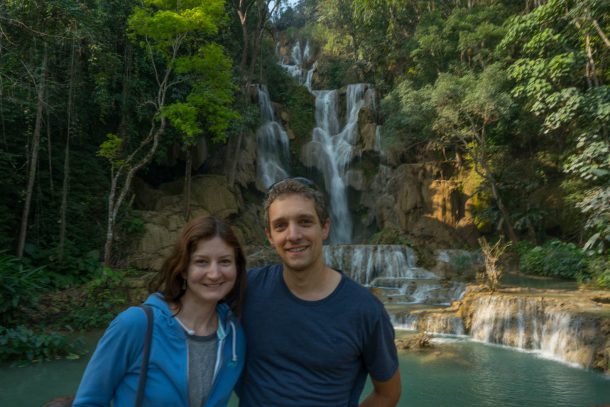
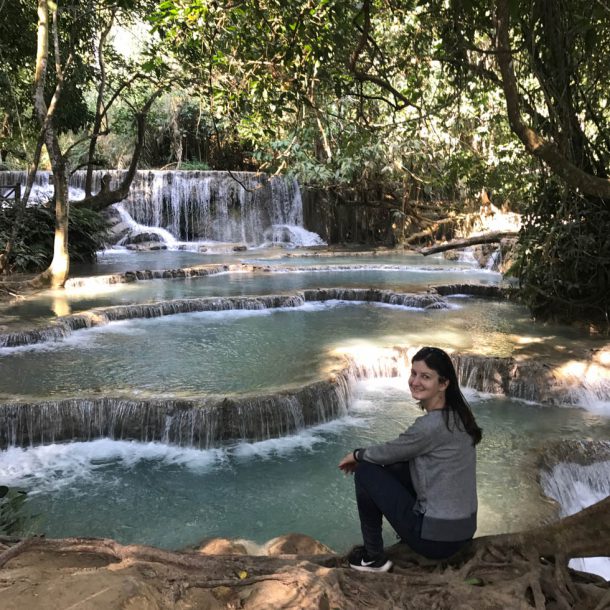
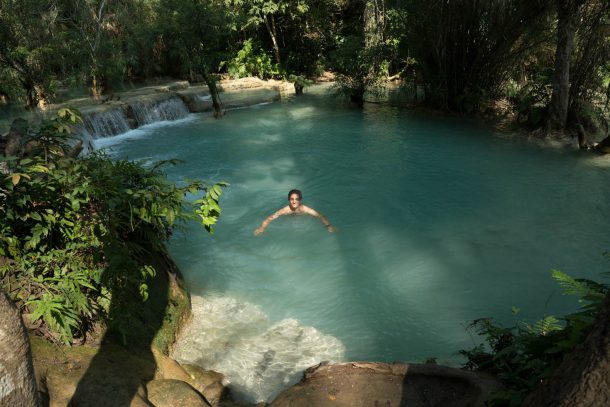
Highs:
Lows:
A visit to the hospital in Luang Prabang. Daniel had some serious stomach problems, combined with fever. It was mostly the fever that got us worried, because, when you travel in tropical countries, fever can always be a sign of malaria or dengue fever. So we went to the main hospital in Luang Prabang to have him checked for these diseases. Fortunately the blood tests came out negative, and the doctor gave him some antibiotics and other medicine for the stomach problems. The treatment worked and Daniel was fine again in 2 days. But it was, of course, quite a scare, and then a huge relief to know that no tropical disease was involved and to see him get better again.
That being sad, the visit to a hospital in Laos was a quite… interesting experience in itself. When I asked at our hotel reception to get a taxi to go to the hospital, the man at the reception at first thought “hospital” is a bar that we want to go to. He didn’t know where the “hospital” bar was, so he asked me to show him on the map. Once that misunderstanding was cleared up, he ordered our taxi. At the hospital, we were lucky enough to find a doctor who spoke enough English, but most staff didn’t speak any English. But all the staff was very nice to us and the doctor assigned us a nurse, who took us to the different parts of the hospital building for making the blood tests, for paying, for seeing the doctor afterwards, and for getting the medicine.
All in all, the hospital did not seem to have too modern equipment, but, fortunately for us, they were able to run the blood tests that we needed. There were stray dogs walking freely through the hallways. The whole visit to the hospital cost us about 50 EUR, which I think is a special price for foreigners, because we were in a part of the hospital for foreigners. Out of that sum, the medicine (antibiotics, paracetamol, a salty solution against dehydration and another one for the stomach issues) cost about 1.5 EUR – about 20 times less than in Switzerland.
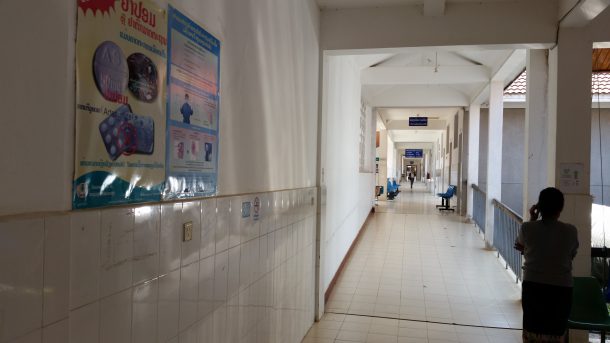
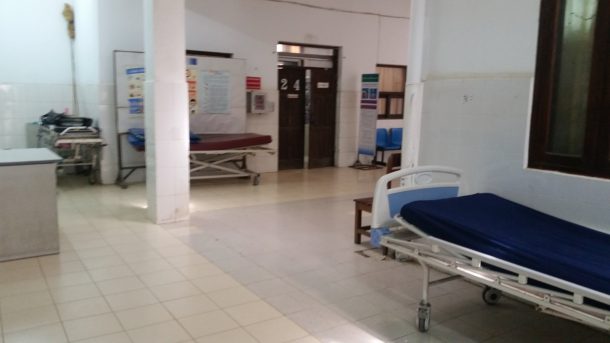
We’re now heading to Vang Vieng, which is just about 200 km from Luang Prabang, but the bus ride is supposed to take 7 hours. Not looking forward to that. But the landscape around Vang Vieng looks beautiful on the photos that we’ve seen, so we hope it’s worth the long trip.
Leave a reply